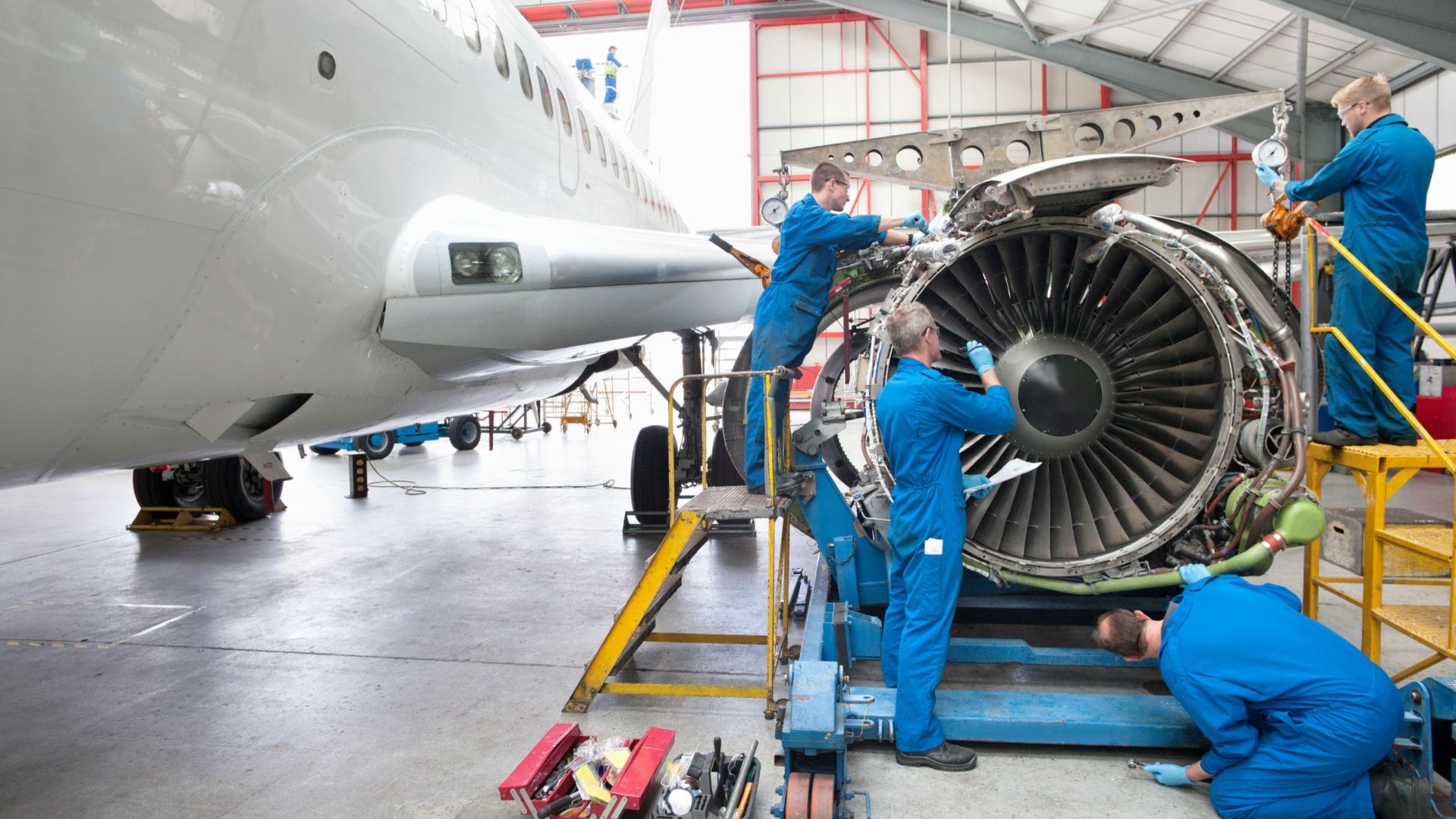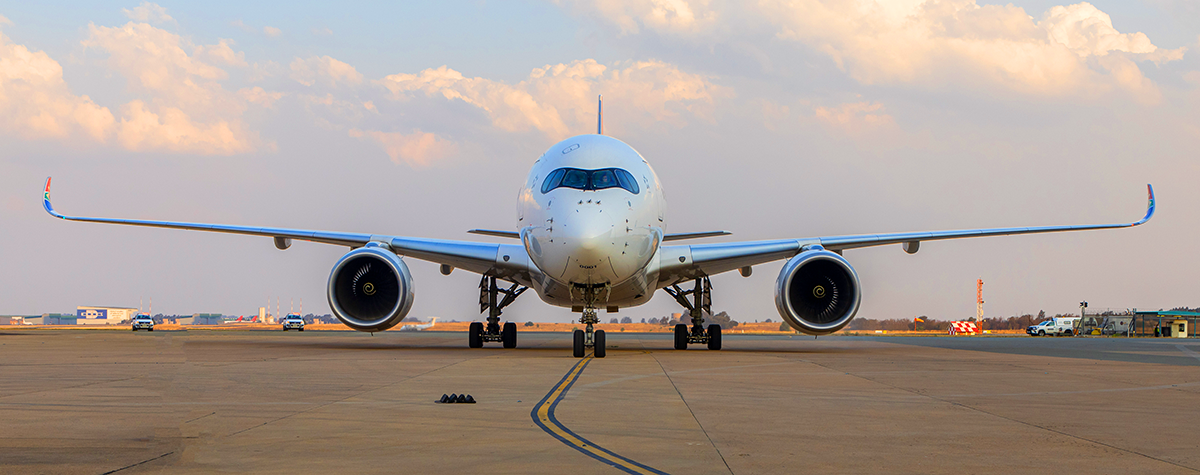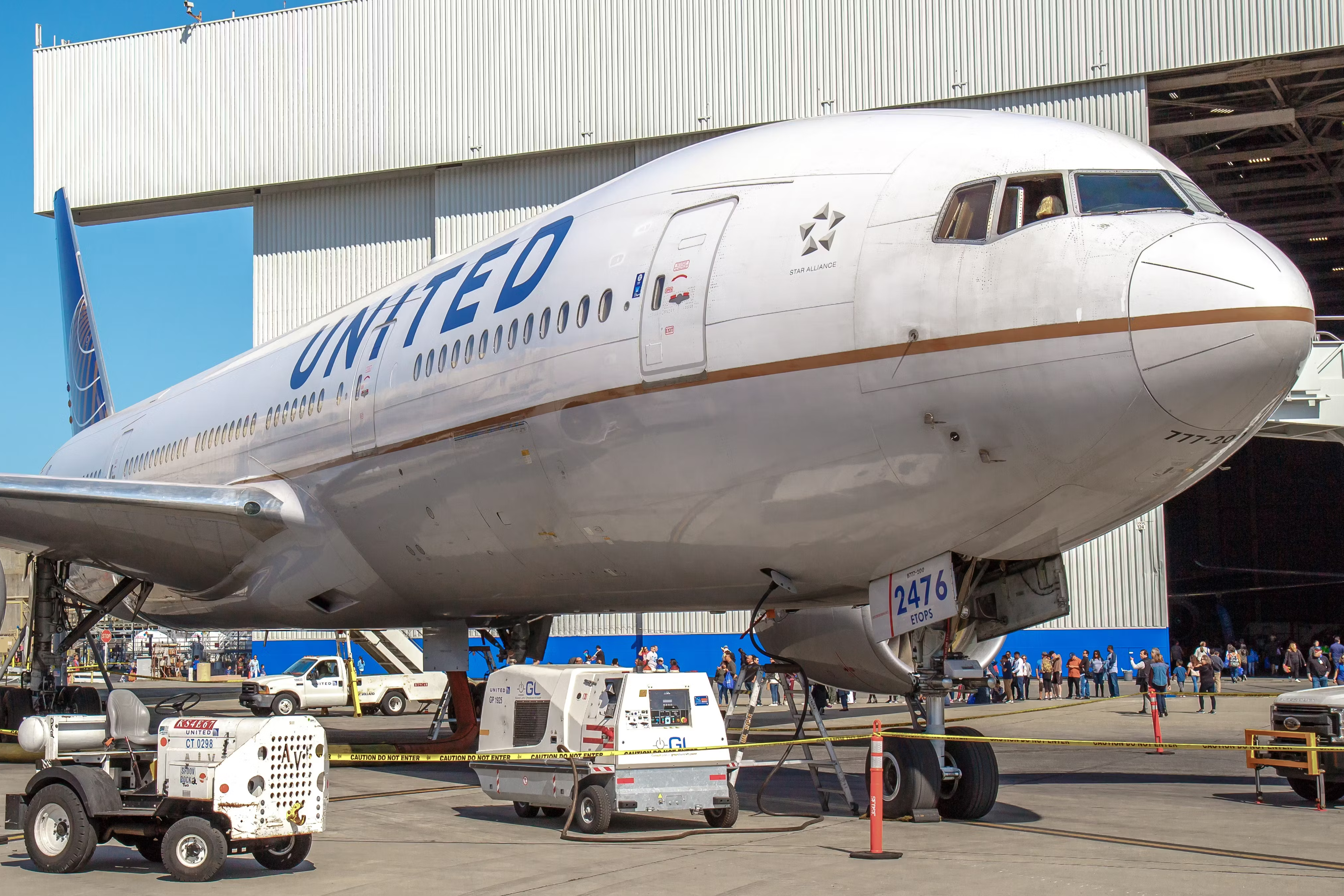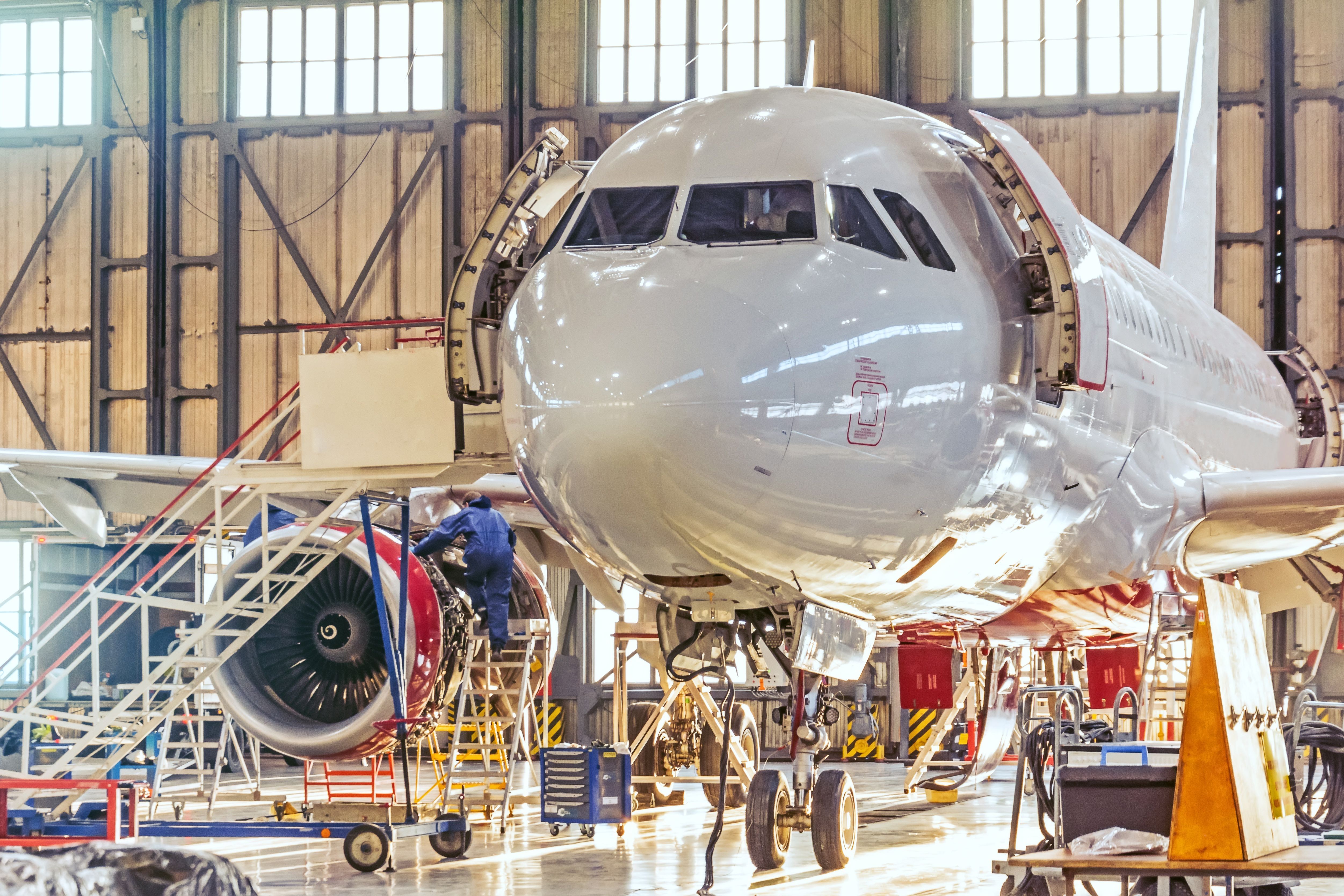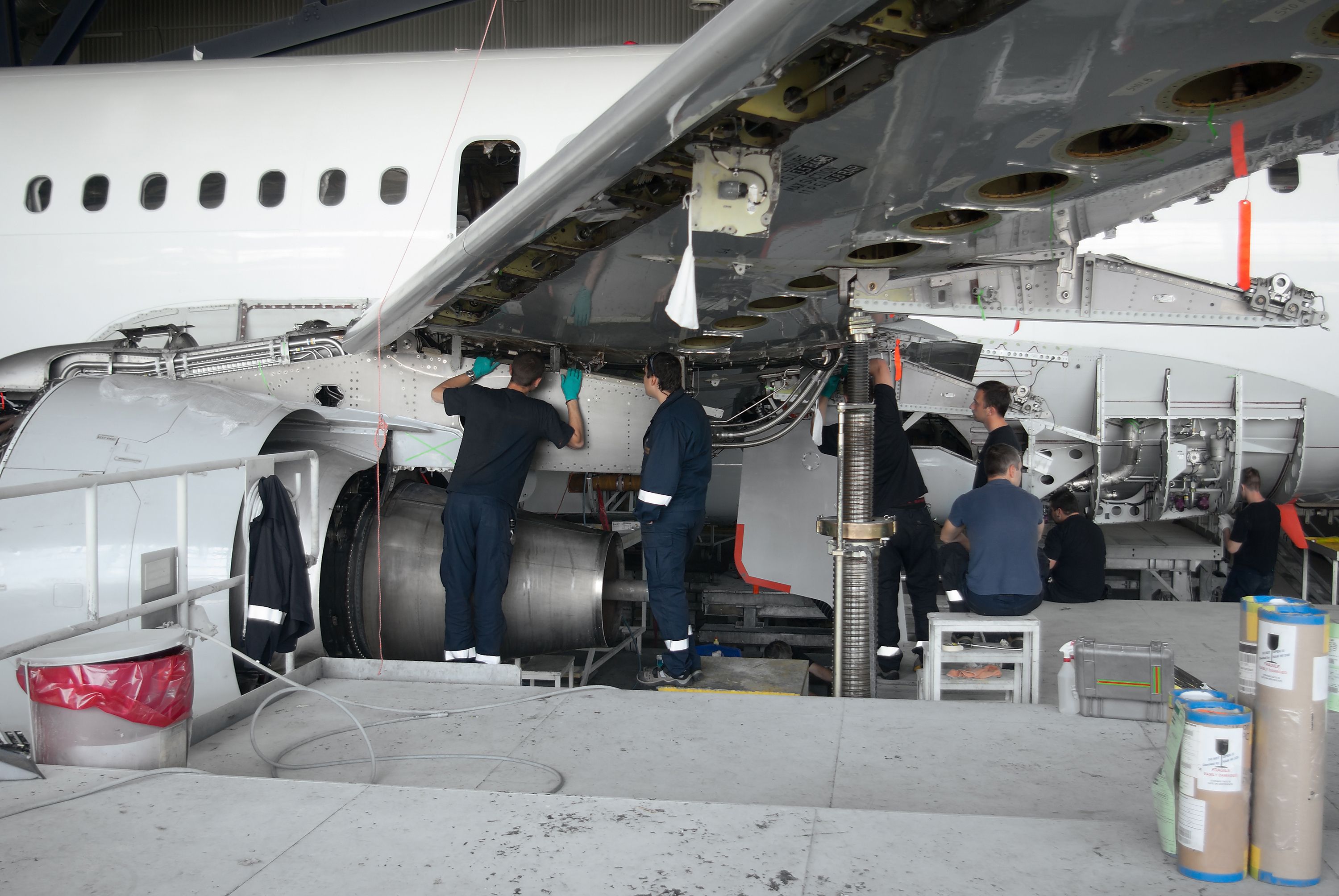Summary
- Aircraft maintenance program is certified at airworthiness certification time with manufacturer & operator responsibilities.
- Line checks and ramp checks ensure operational safety and meet maintenance obligations.
- A, C, and D checks at regular intervals ensure aircraft longevity, safety, and comply with regulatory standards.
You may have heard that aircraft require extensive maintenance at regular intervals, but have you ever wondered what aircraft maintenance entails? Or what levels of maintenance, repair, and overhaul (MRO) operations are required based on its service life?
An aircraft maintenance program is certified at the time of the airworthiness certification acquired by the aviation regulatory authority. A certified maintenance program lists the manufacturer’s and operator’s responsibilities in keeping the aircraft within serviceable limits.
The aircraft operators follow an Operator’s Approved Maintenance Plan (OAMP) that includes thousands of maintenance tasks, Service Bulletins (SBs), Airworthiness Directives (ADs), and is approved by the regulatory authority. The OCMP tasks must be clustered based on the time limits of various component groups. The tasks are clustered across multiple maintenance checks at different times during the aircraft’s operational life. Some maintenance checks are more frequent than others.
Line checks
Tasks performed during a pre-flight walk-around or on an overnight maintenance line are part of line checks. Checking the outer probes, sensors, vents, tires, lights, and any apparent damage to the aircraft surface are examples of a pre-flight check.
Line-maintenance mechanics perform relatively heavier tasks such as engine oil and hydraulic checks, cabin emergency equipment, tire pressure, and brakes.
Ramp checks
Ramp checks may be done every week at the home base of the operator. A Minimum Equipment List (MEL) provided by the OEM is followed during the ramp check to ensure the continued operability of the aircraft. During a ramp check, a more extensive inspection is performed.
Photo: South African Airways
Oil checks, fluid top-ups, crew emergency equipment, and sensor redundancies are checked. Non-urgent but critical items found during pre-flight checks are handled during a routine ramp check.
A-checks
A checks are typically performed after approximately every 500 flight cycles or 700 flight hours. A narrowbody Airbus A320 goes through an A check at 400 cycles. With an average of four daily cycles, an A320 may be scheduled for an A check every three months.
Photo: Benson Truong | Shutterstock
Numerous inspection and maintenance tasks on an A320 have a 100-day limit, which keeps it right around the three-month maintenance cycle. During an A check, lubricating critical systems, changing filters, and a more detailed emergency equipment inspection is performed. An A check can take between six and 24 hours for a narrowbody jet and up to 72 hours for a widebody jet.
C-checks
The C check, also known as base check, is heavy system maintenance performed every 18 months to two years. For an A320, a C check kicks in at around 5,000 flight cycles or approximately 24 months.
The National Aviation Academy highlights the typical types of maintenance tasks involved during a C check, including:
- Inspection of structures: load-bearing components on the fuselage and wings, and functions for wear, corrosion and damage.
- DC bus tie control unit operation: Checking the operation, inspection, and testing of the DC bus tie control unit.
- Lubrication of components and systems: In-depth lubrication of all fittings and cables
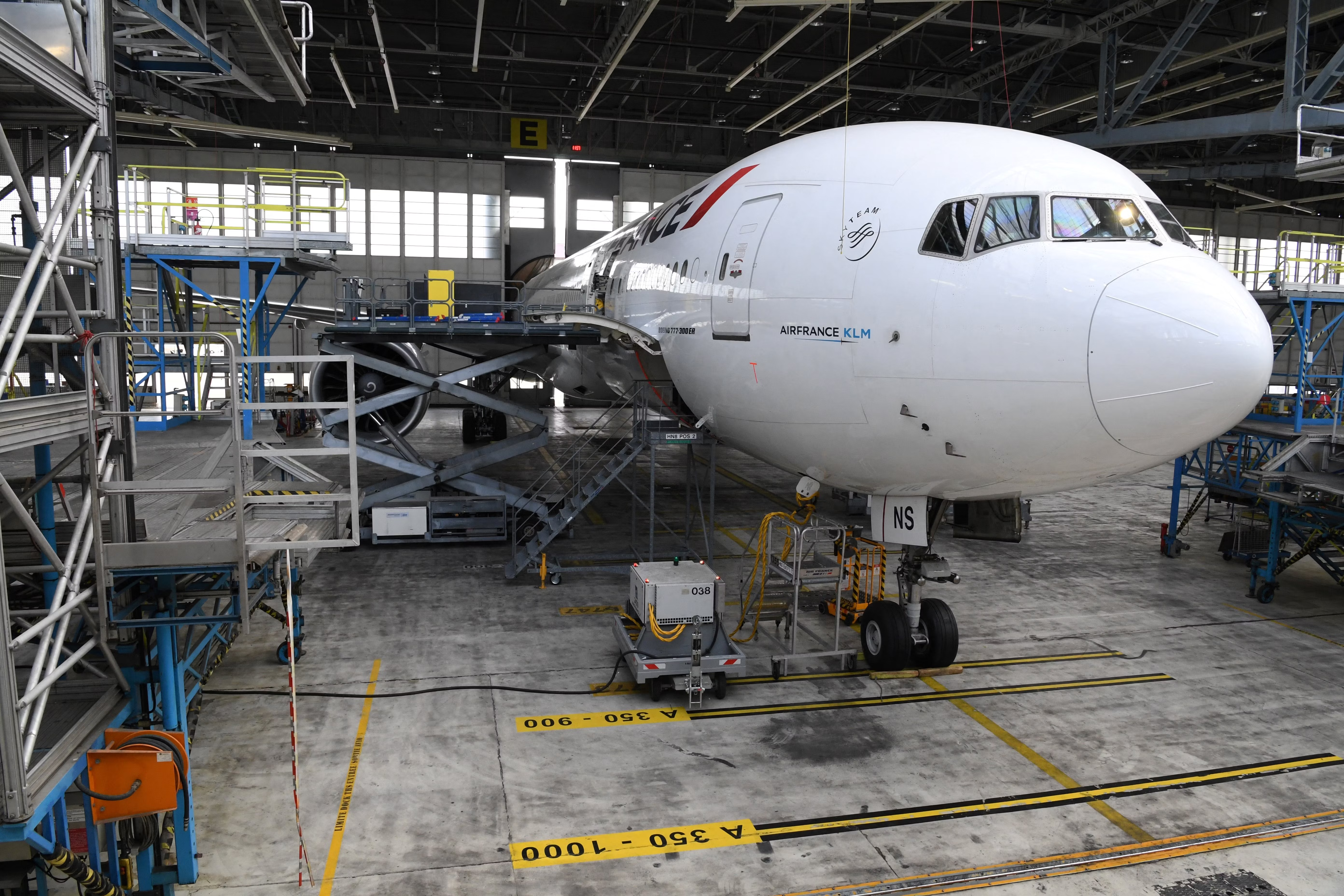
Related
How Many Engineers Are Required To Carry Out A C-Check?
Depending on the scope of work, a C-check may require a workforce of nearly 50 people.
There are different levels of C checks depending on the type of aircraft, much like how A checks incorporate B check tasks! For example, a schedule might have aviation maintenance technicians performing C1 check tasks on a certain day and then the next day continuing with C2 and so on.
During a C check, complex systems such as pumps, actuators, and functional assemblies are tested for performance and failure. Load-bearing components such as the fuselage structure, wings, and engine pylons are examined for wear and stress.
Photo: aappp | Shutterstock
Moreover, the entire cabin is removed, inspected, repaired, and put together during a C check. With up to 6,000 labor hours for a C check, the aircraft may spend up to four weeks in the shop, costing several million dollars.
D-Checks
The D check, also known as the heavy maintenance check, involves further teardown of the aircraft. D checks are lengthier and typically occur every 8-10 years of service life. The entire aircraft is comprehensively inspected and repaired which may mean taking apart the entire cabin systems and fittings to inspect for corrosion and damage.
Extensive repair of control surfaces and repainting of the fuselage may be part of the D check. Landing gears are also dismantled, inspected, repaired, and tested during the check.
The aircraft typically spends 6-8 weeks in the shop, allowing plenty of time to dissemble the aircraft into the piece-part level, repair, and re-assemble. During the maintenance visit, it can take upwards of 30,000 to 50,000 labor hours to complete the job.
Photo: Stoyan Yotov | Shutterstock
With the entire aircraft stripped down and systems removed, it is common for the airlines to decide to refurbish the interior during D checks. Heavy maintenance checks costs upwards of several million dollars and are planned well in advance to ensure aircraft availability, cost, and other factors.
Notably, there may come a time, generally after second or third D check when airlines may consider re-selling or scrapping their aircraft as the cost of repair is more than the actual cost of the aircraft.
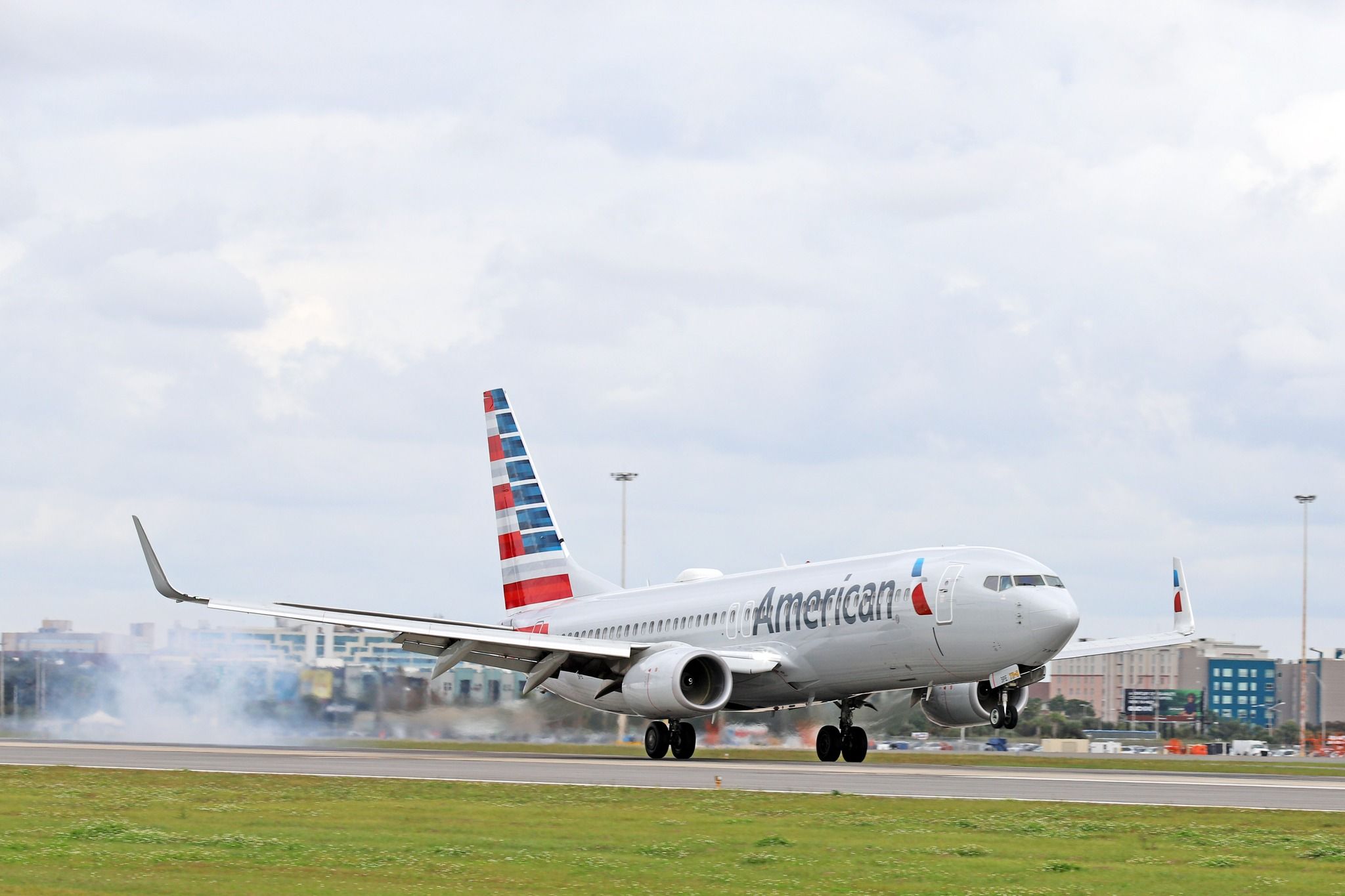
Related
American Airlines To Invest In Maintenance Technicians At West Los Angeles College
The carrier’s Los Angeles-based maintenance professionals will train students, providing real-world experience.
What do you think about aircraft maintenance tasks and checks? Tell us in the comments section.

